|
The English at the end of the 16th century followed the continental fencers in taking on the use of the rapier. There several masters connected with Elizabethan fencing. Giocomo Di'Grassi left his native Italy and moved to England where he taught the upper classes the art of fencing with the rapier, much to the chagrin of the military minded English masters such as George Silver. Di'Grassi's manual on fencing, His True Art of Defense, was published in 1570 and again (in English) in 1594 and used a heavier rapier requiring a more withdrawn guard and stance. Giocomo Di'Grassi Rocco Bonetti master of a school of fence at Blackfriars in London during the late 1500's. He was critically injured by Austen Bagger, an Englishman, outside of the school. Vincentio Saviolo arrived in England from Padua in 1590. He is also considered one of the premiere Elizabethan masters. An eclectic, he taught a mixture of Italian and Spanish theory and practice. He taught of the superiority of the thrust over the cut. His book "His Practice" covers honor as well as practical swordsmanship. He categorized cuts (similar to Marozzo) as well as thrusts. His moves (footwork) were more after the Spanish than the Italian style. He taught with Jeronimo in London. Vincentio Saviolo Practise Joseph Swetnam published his book "The Schoole of the Noble and Worthy Science of Defense" in 1617. He was the fencing instructor for Prince Henry of England and also Charles I. He taught rapier and dagger unlike Silver and while some on the continent and in Italy were moving towards shorter rapiers Swetnam still preferred the long rapier for rapier play. Joseph Swetnam's 1617 George Silver (ca. 1550s–1620s) was a gentleman of England during the late 16th and early 17th centuries, who is known for his writings on swordplay. In defense of English technique, George Silver published a treatise called the Paradoxes of Defence. This treatise was used to espouse the use of the English weapons and to downplay the use of the rapier. Silver hated the Italians and Spanish and made sure that his readers knew that these styles were more dangerous for the user than good English practices. He also wrote a treatise on his Paradoxes called Brief Instructions. George Silver Centered around London, the English guilds essentially followed in the centuries old practices of the traditional Medieval master-at-arms, but adapted to the changed times. Each public school or "Company of Masters" had special rules, regulations and codes that were strictly upheld. For example, no student could fight for real with another student or harm a Master. No Master could challenge another. No Master could open a school within seven miles of another or without prior permission from the Ancient Masters (senior faculty). No student was to raise his weapon in anger, be a drunkard, criminal, or a traitor. As well, no one could reveal the secret teachings of the school. Most of the rules were to preserve the school's status, prestige, and economic monopoly on the trade.
1 Comment
12/15/2016 03:39:25 am
I really like this article. Is concis well written and it is necesary to read it. i really like the part on Joseph Swetnam a brual and really effective facing master I hope to have a leason soon in the works
Reply
Leave a Reply. |
MarkoUndermaster of historical fencing ArchivesCategories
All
|
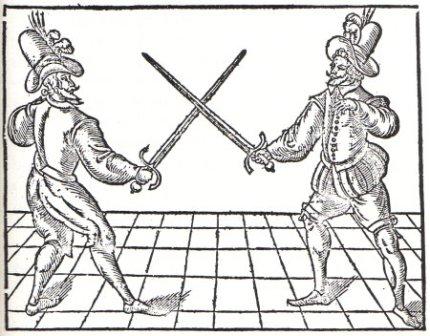
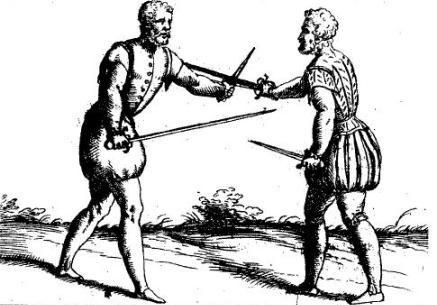
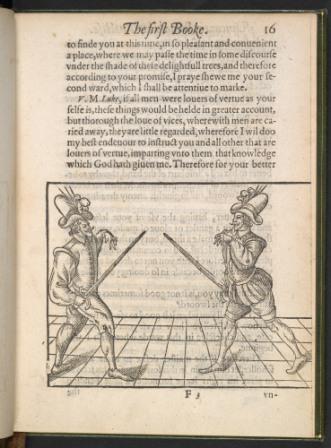
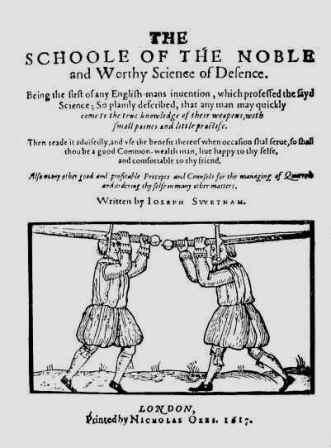
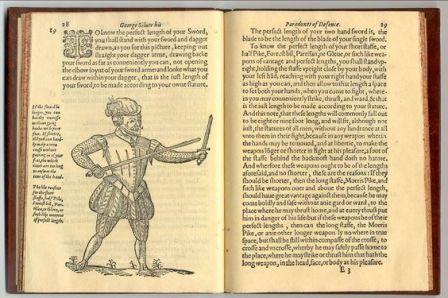
 RSS Feed
RSS Feed
